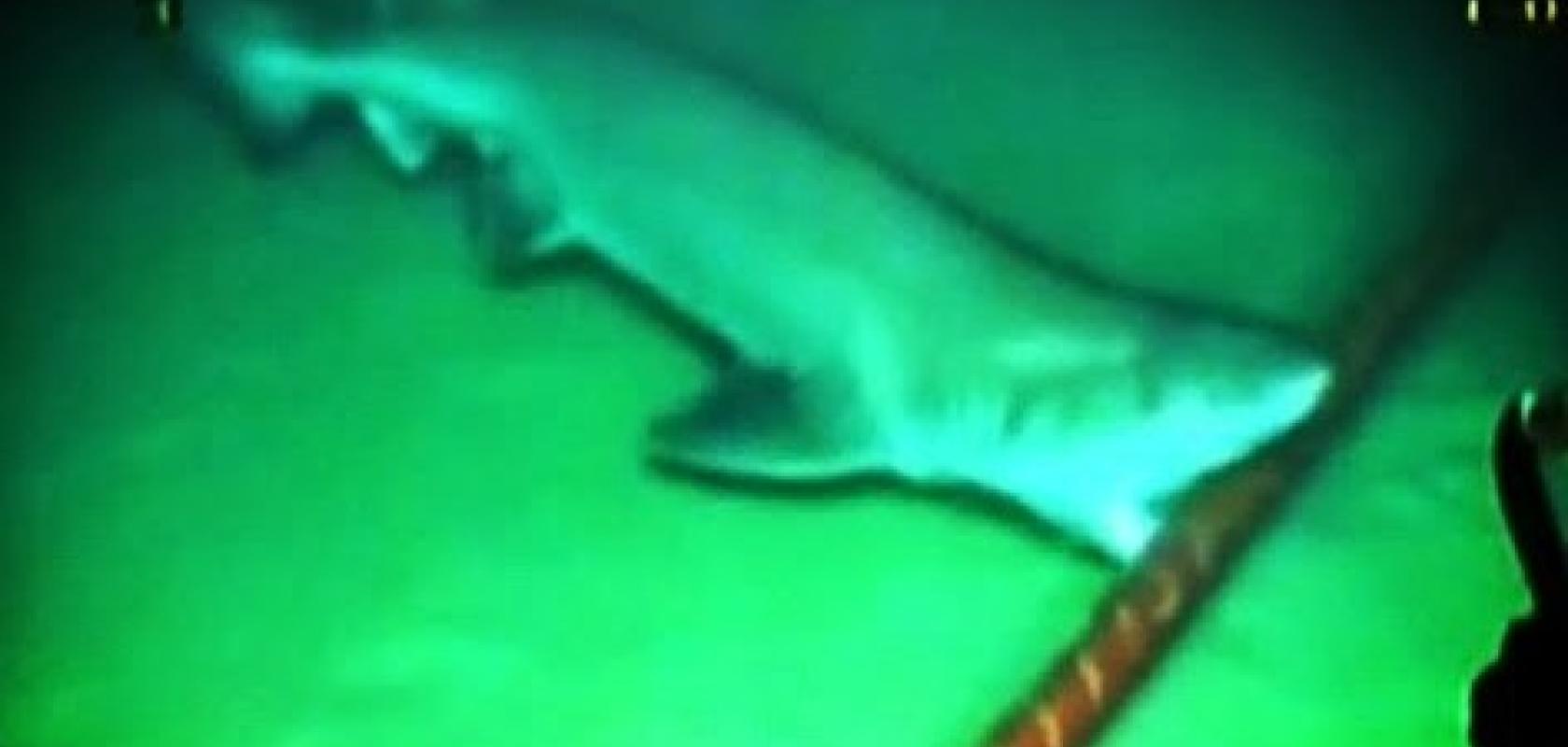Sharks are not the nemesis of the Internet, says the International Cable Protection Committee (ICPC), which has released an analysis of the main causes of submarine cable breaks.
Essentially, sharks and other fish were responsible for less than one per cent of all cable faults up to 2006. Since then, no such cable faults have been recorded, the organisation says.
Sharks became the scapegoats for submarine cable failures last summer when a rediscovered YouTube video of a shark biting a subsea cable caused a media storm. A chance comment from Google that it was reinforcing its subsea cables with a Kevlar-like material added fuel to the fire. Some commentators believed the video demonstrated that worldwide telecommunications were under attack by sharks.
According to the ICPC, however, ships’ anchoring and fishing activities are the main culprit for cable failures, accounting for 65-75 per cent of all cable faults. Natural phenomena, such as subsea landslides and ocean currents, are responsible for up to 10 per cent of faults, while cable component failure accounts for a further five per cent.
The cause of about 10-20 per cent of faults cannot be determined, but the ICPC says it is unlikely that shark bites are overlooked, because bites leave evidence in the form of teeth imprints or actual teeth embedded in a cable’s sheathing.
Sharks do have a history of dining on ocean cables, but although they have bitten fibre-optic cables, they do not appear to have developed a taste for them.
Between 1901 and 1957 – a period dominated by subsea telegraphic cables – at least 28 cables were damaged by fish bites, including sharks.
During 1959 to 2006 – a span that encompasses coaxial cables, which were replaced by fibre-optic systems in 1988 – around 11 cables needed repair. Fish bites accounted for 0.5 per cent of all cable faults.
The first recorded shark bites of a deep-ocean fibre-optic cable occurred off the Canary Islands around 1985 to 1987. These pioneering systems were damaged on four occasions by small sharks biting through cable’s polyethylene sheath. Testing by Bell Laboratory scientists showed the culprit was the deep-dwelling, crocodile shark (Pseudocarcharias kamoharai) that occupied water depths of 1060-1900m. Those events led to design improvements of the cables’ protective sheathing that effectively eliminated the problem.
The latest analysis, covering 2007 to 2014, recorded no cable faults attributable to sharks. Due to increased shipping and fishing activities on the continental shelf, fibre-optic cables are now protected by the addition of steel wire "armour" to the cable's exterior, as well as burial up to 3m below the seabed.
The ICPC has also reviewed the video of the shark bite. Information about the YouTube video is sparse, but it appears to have been produced in 2003 as part of a marine survey. In 2010, the video was uploaded to YouTube by an individual named Sudmike, but that person has not been traced. The video received wide media exposure in the summer of 2014 during the annual “Shark Week” in the US, when the number of “views” approached 1 million.
The type of the featured cable, its depth and location are unknown. Expert advice suggests the cable was attacked by a six-gill, blunt nose shark (Hexanchus griseus), which took one bite and swam away. The cable sustained no obvious external damage and is unlikely to have suffered internal damage.
It is also unclear if the cable is a fibre-optic cable or an electrical power system. That’s significant because it is believed that sharks are super-sensitive to electromagnetic fields and might be attracted to the stronger fields produced by power cables. Fibre-optic cables only transmit a small amount of electricity to power the repeaters.
The ICPC would like to hear from readers if they have additional information about the video or cable, via: https://www.iscpc.org/information/frequently-asked-questions/.


